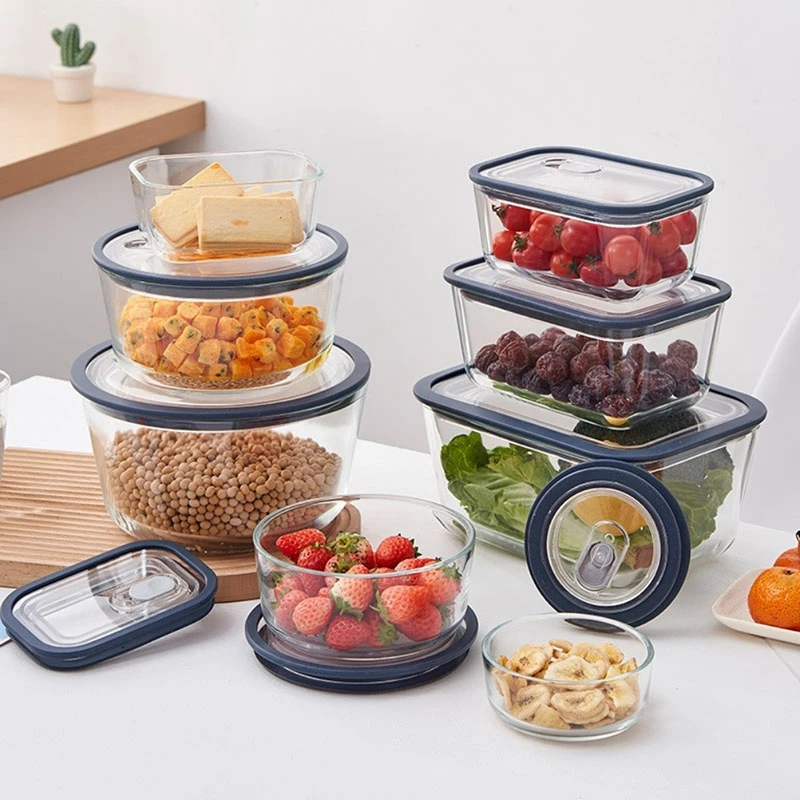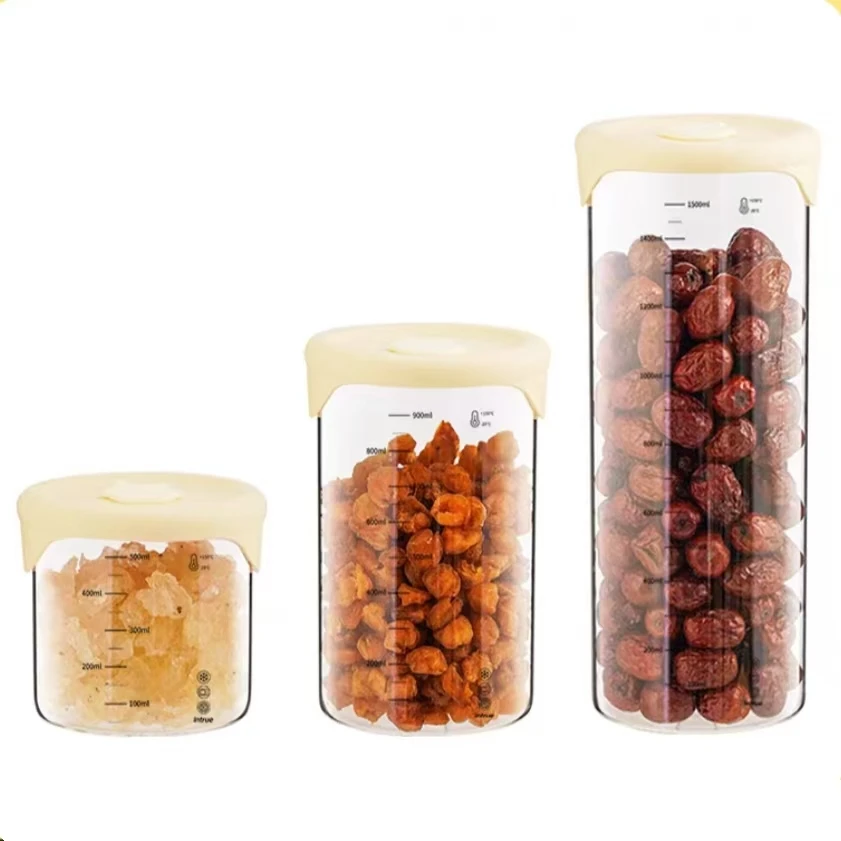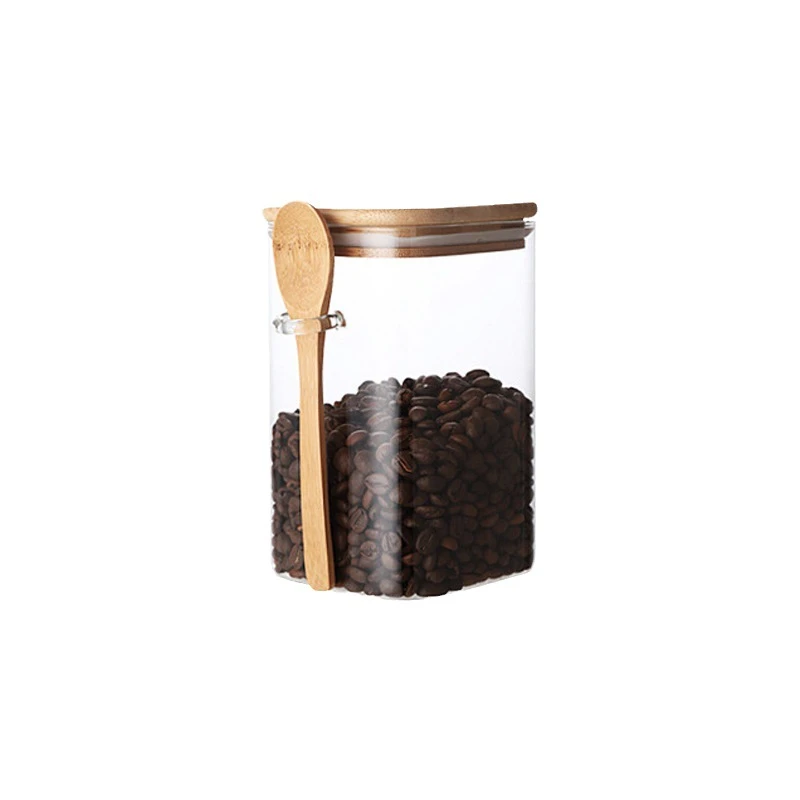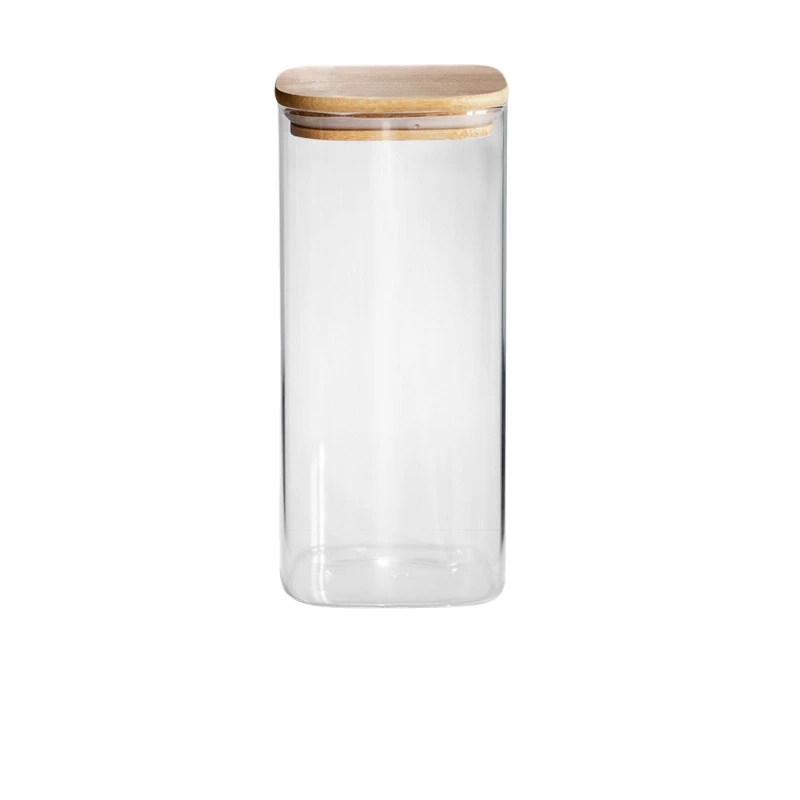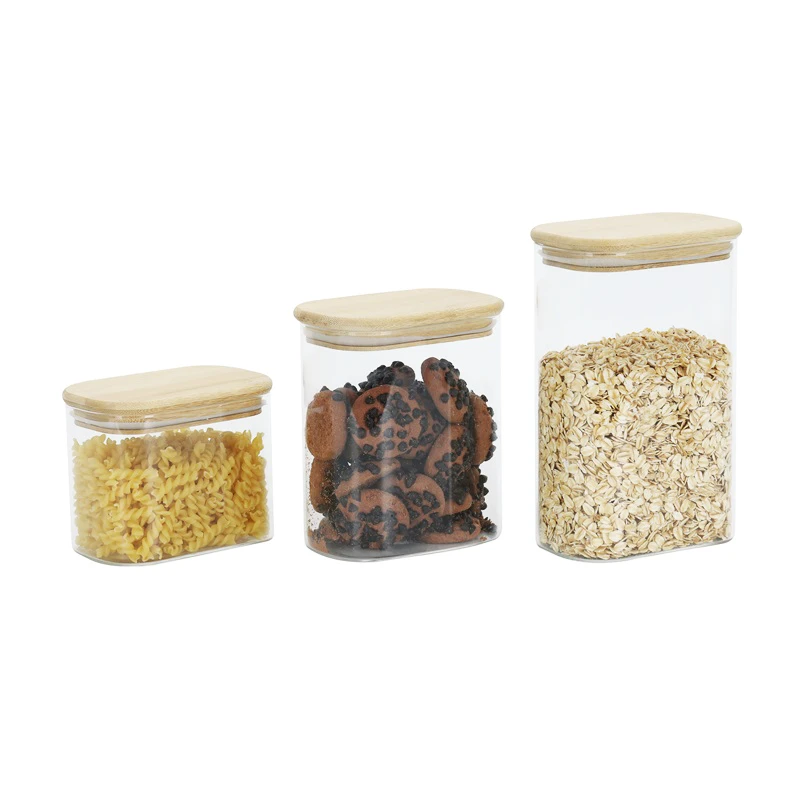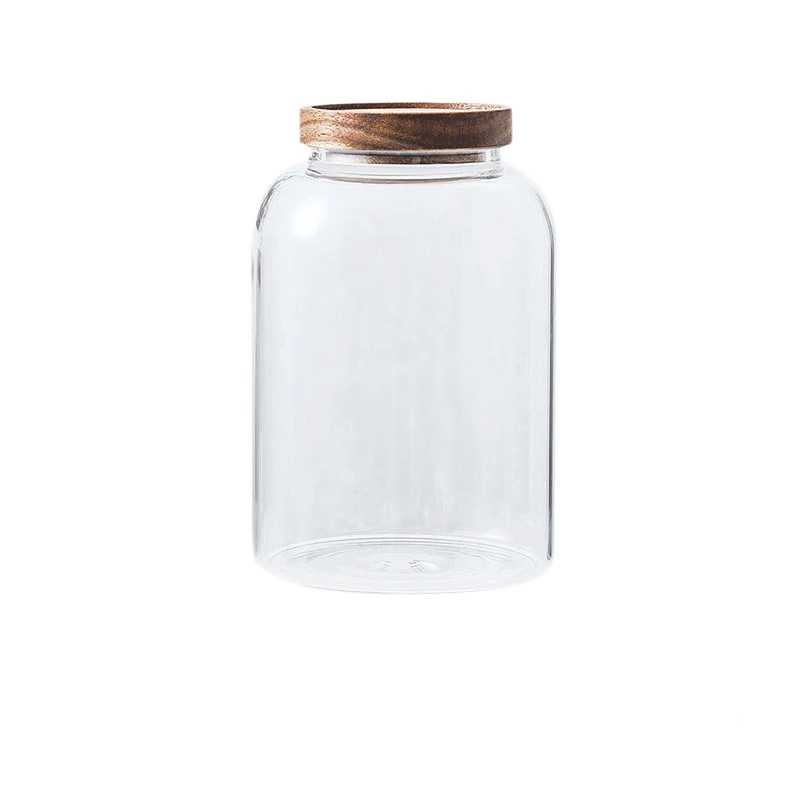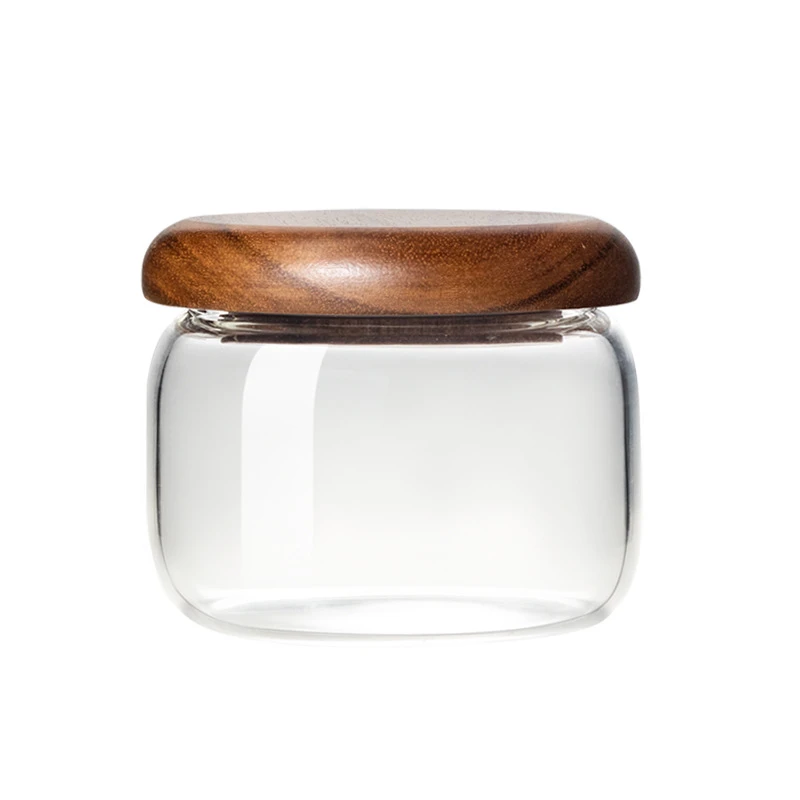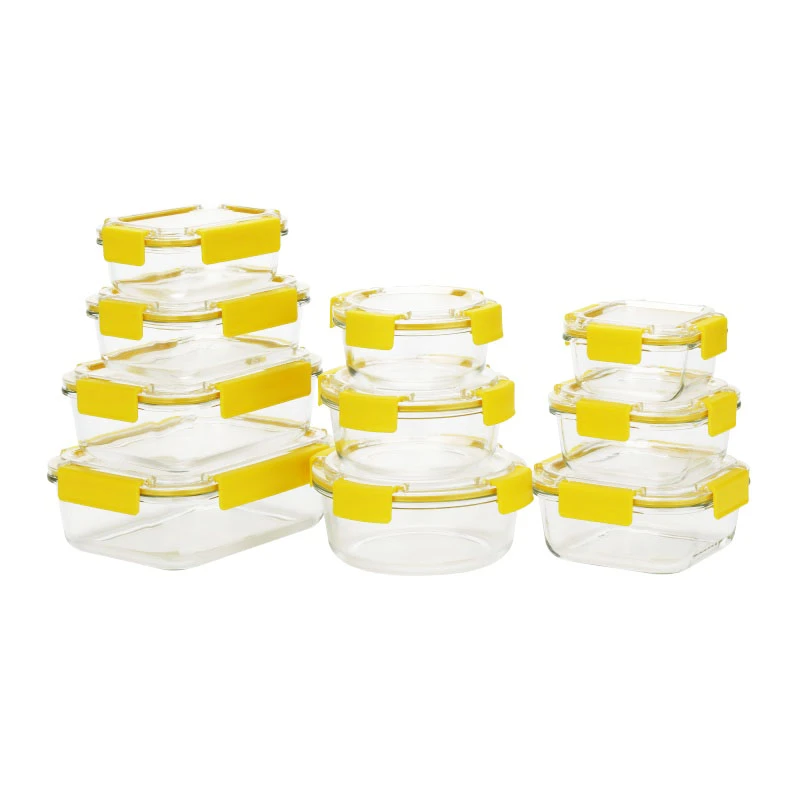 TEL: +86 311 67799298
TEL: +86 311 67799298 Email: tina@yintoglassware.com
Email: tina@yintoglassware.com
Січ . 15, 2025 04:32
Back to list
Vented Glass Container with Glass Lid
Baking with a glass dish offers unique advantages that can elevate your culinary expertise to new heights. Many bakers choose glass dishes for their heat distribution properties, their ability to retain warmth, and their visual appeal. This article will delve into the unique features of glass bakeware and provide expert tips to optimize its use, ensuring both safety and superior baking outcomes.
From an experientially authoritative standpoint, understanding the limitations and care requirements of glass dishes is crucial. While durable under typical baking conditions, glass can shatter under extreme thermal shock. Experts recommend never placing a hot glass dish on a cold or wet surface, as the sudden change in temperature can lead to cracks or breaks. Furthermore, avoid switching from the freezer directly to a hot oven; instead, allow the dish to reach room temperature. Cleaning glass bakeware is another area worth highlighting. Unlike metal pans which might need a level of seasoning to maintain non-stick properties, glass is naturally non-reactive and resists absorbing food odors or flavors. This results in a cleaner taste with each subsequent bake. For cleaning, using a mixture of baking soda and water can effectively tackle stuck-on food without scratching or damaging the surface. Glass bakeware offers reliability and sophistication but requires users to exercise knowledgeable care. By understanding its properties, adjustments can effortlessly be made to achieve optimal results every time. In summary, baking with glass dishes brings an experience filled with both challenge and craftsmanship, ensuring every bake is a step towards culinary mastery. Each glass dish can become a trusted ally in the kitchen, offering both function and form to those who understand its particular demands and rewards.

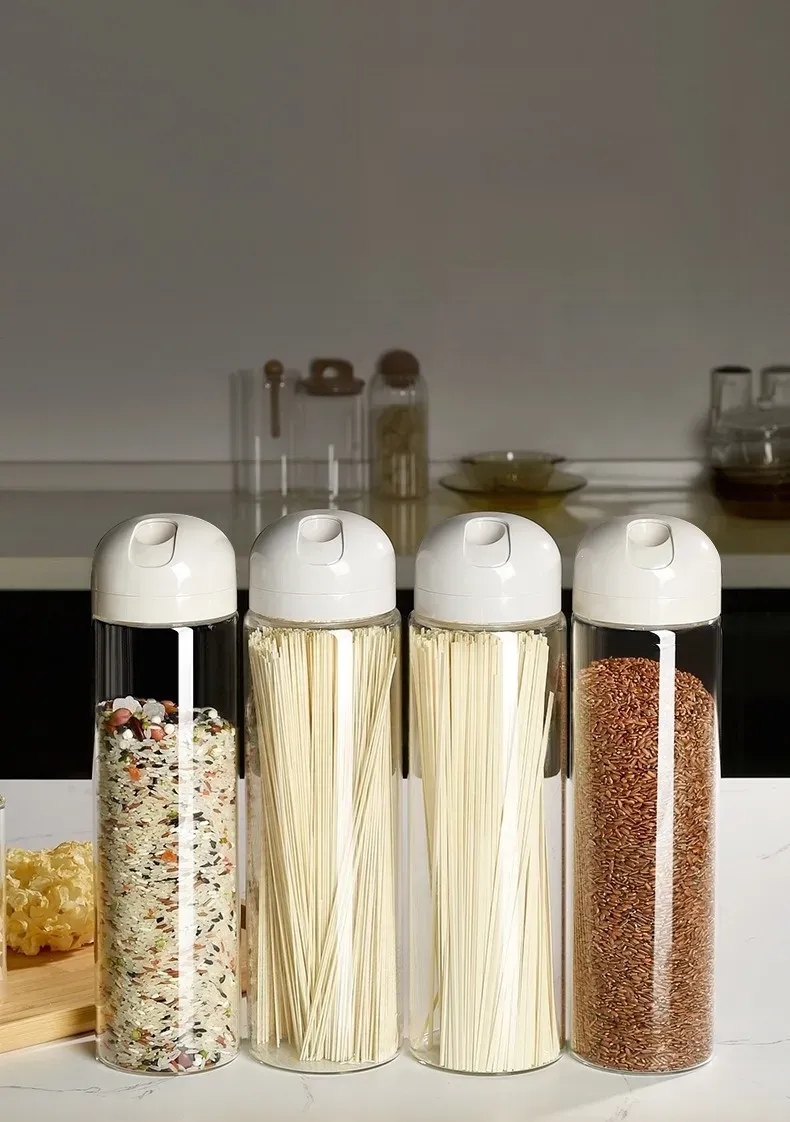
From an experientially authoritative standpoint, understanding the limitations and care requirements of glass dishes is crucial. While durable under typical baking conditions, glass can shatter under extreme thermal shock. Experts recommend never placing a hot glass dish on a cold or wet surface, as the sudden change in temperature can lead to cracks or breaks. Furthermore, avoid switching from the freezer directly to a hot oven; instead, allow the dish to reach room temperature. Cleaning glass bakeware is another area worth highlighting. Unlike metal pans which might need a level of seasoning to maintain non-stick properties, glass is naturally non-reactive and resists absorbing food odors or flavors. This results in a cleaner taste with each subsequent bake. For cleaning, using a mixture of baking soda and water can effectively tackle stuck-on food without scratching or damaging the surface. Glass bakeware offers reliability and sophistication but requires users to exercise knowledgeable care. By understanding its properties, adjustments can effortlessly be made to achieve optimal results every time. In summary, baking with glass dishes brings an experience filled with both challenge and craftsmanship, ensuring every bake is a step towards culinary mastery. Each glass dish can become a trusted ally in the kitchen, offering both function and form to those who understand its particular demands and rewards.
Previous:
Latest news
-
YINTO's colored glass bowls hold stories, not just foodNewsAug.24,2025
-
Exquisite Colored Glass Dinnerware Crafted from Volcanic SandNewsAug.24,2025
-
YINTO's colored glass dinnerware: edible art's canvasNewsAug.24,2025
-
A Blue Glass Dinner Plate with an Integrated NFC ChipNewsAug.24,2025
-
The Ultimate Defense Against Lukewarm RegretNewsAug.24,2025
-
YINTO's double coffee wall cup: A silent thermal revolutionNewsAug.24,2025
Related Products


